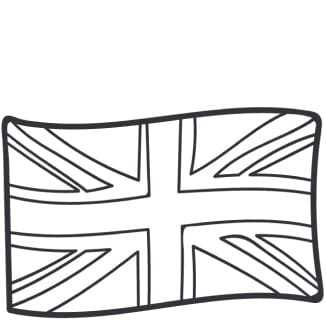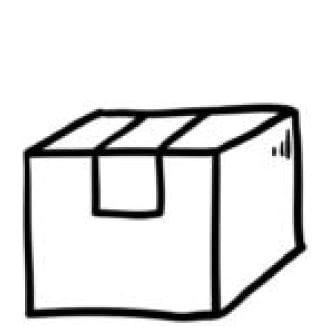Where does our lambswool yarn come from?
The journey of our lambswool yarn — dyed, carded, spun, and twisted in perfect harmony.

A Yorkshire lineage of craft
Nestled in Denby Dale, this mill has been spinning since 1766 and remains family-owned — a rare thread of continuity in British textiles. Its location isn’t accidental: naturally soft local water has long been used for dyeing and scouring, and the mill still treats and returns it to the river just as clean as before. Their pledge avoids azo dyes and other harmful substances while working to reduce energy use — heritage with modern responsibility.

Colour comes first: fibre dyeing.
This mill dyes fibre first. It's more gentle on the wool, keeps the hand feel softer, and gives beautifully consistent, repeatable shades — essential for our complex melanges. Lower-temperature, precisely controlled dyeing protects both the fibre and the environment. Blending: the melange magic!
In the colour department, dyed fibres are combined into exact blends — whether for stock shades or custom hues. Each batch is test-blended on the machine; if it isn’t a perfect match to the reference, it’s pulled and re-blended. That’s how we get those nuanced GS tones that shift softly in the light.
Carding: aligning the fibres
Bales move to carding, where fibres are gently aligned over a series of precisely set, wired rollers. Here, mixture shades are defined, and the fibre becomes a soft “slubbing.” The target is exacting and straightforward: the most even slubbing possible — the prelude to an even, round yarn.

Spinning: roundness and handle
Carded fibre is spun through multiple machines, guided up and down to create a continuous and beautifully even rope of yarn.
Winding, clearing & twisting
Freshly spun yarn sits on small cops and is then wound onto larger cones through sensors that detect thick/thin spots or any stray coloured fibre. Imperfections are removed, and the yarn is seamlessly spliced. For multi-ply constructions, strands are twisted together with exact tension to lock in strength.
Quality at every stage
Throughout, the team tests for shade accuracy, evenness, yarn count, strength and colour fastness — practical checks that translate directly into how your knit looks after years of wear.

Responsible fibres
The mill sources natural fibres with animal welfare front and centre, testing incoming wool for length, micron and dark hair content to secure quality from the outset. Their lambswool is primarily from Australia and South Africa; they’ve also developed British wool lines to support local farmers and lower transport impact. Wool is renewable, recyclable and biodegradable — another reason it’s at the heart of GS.
For 10 years, I’ve chosen this Yorkshire partner for our melange lambswool because of the way their process protects softness, shade depth and longevity. When you wrap a GS scarf, you’re feeling centuries of local know-how, careful chemistry, and the steady hands of spinners who still believe in doing things the right way.
Spun in Britain. Knitted for you.
Responsibly sourced lambswool, crafted to be worn and loved for seasons to come.
Discover our GS Collection that knits with this fantastic lambswool yarn here.













Leave a comment